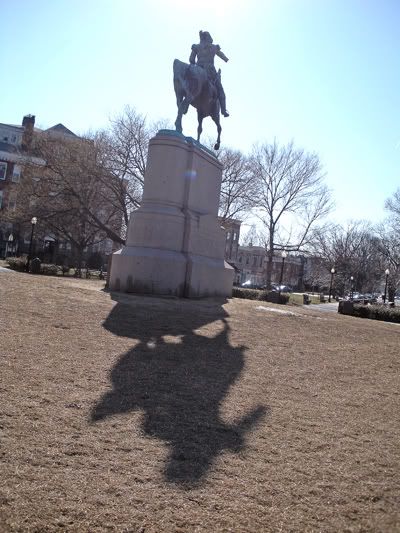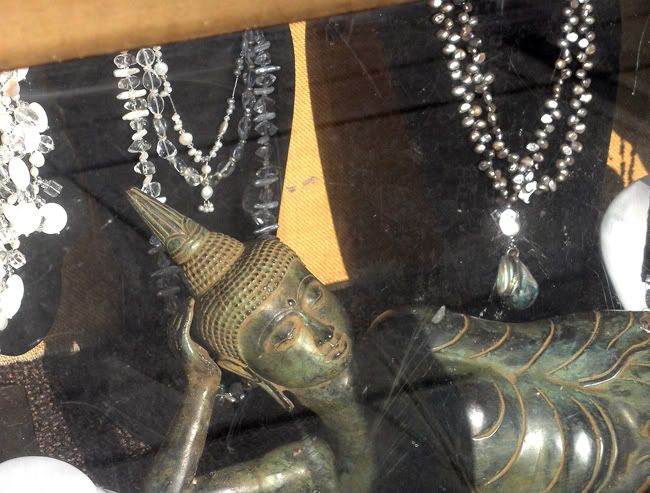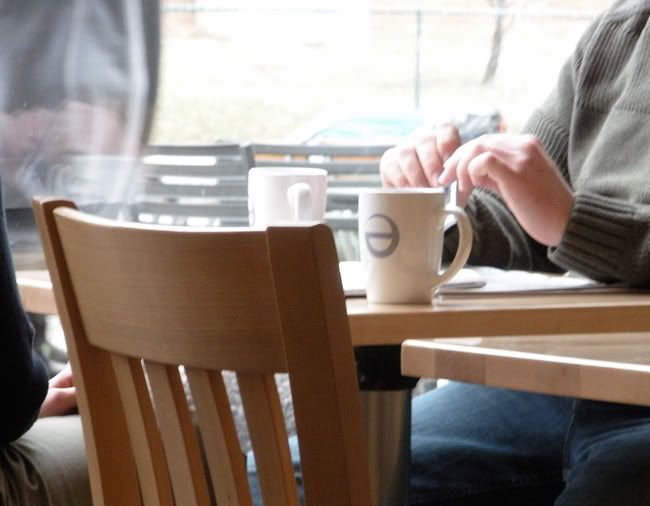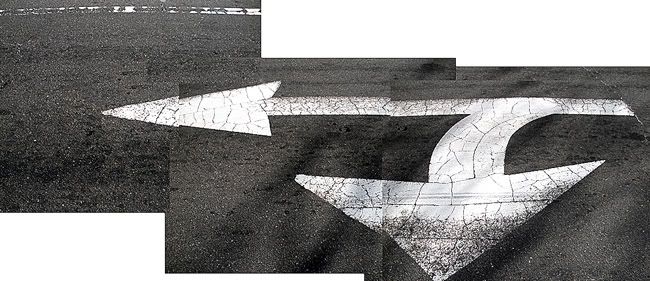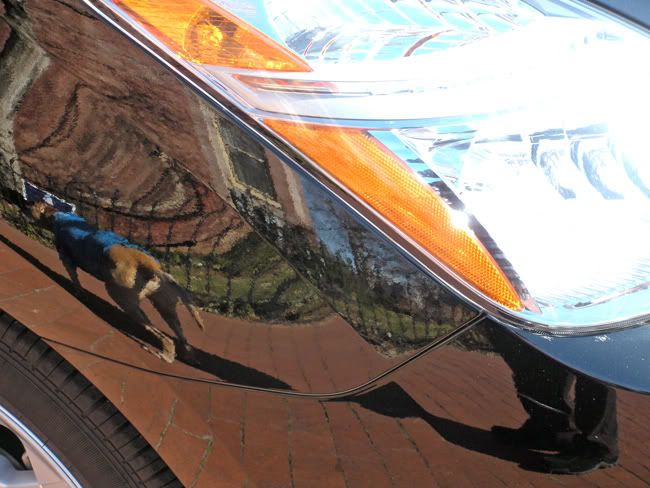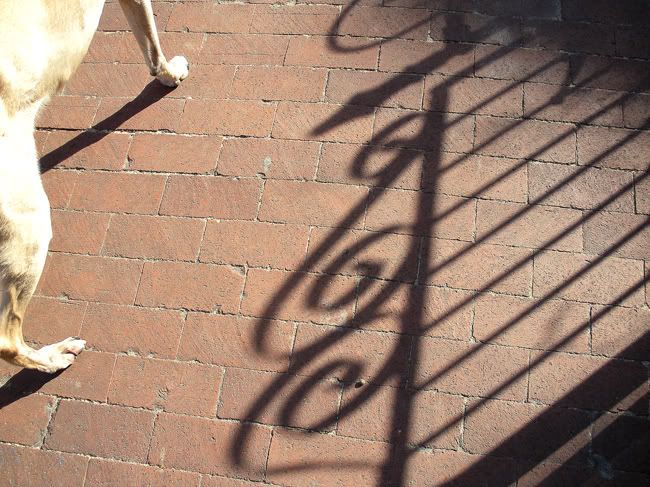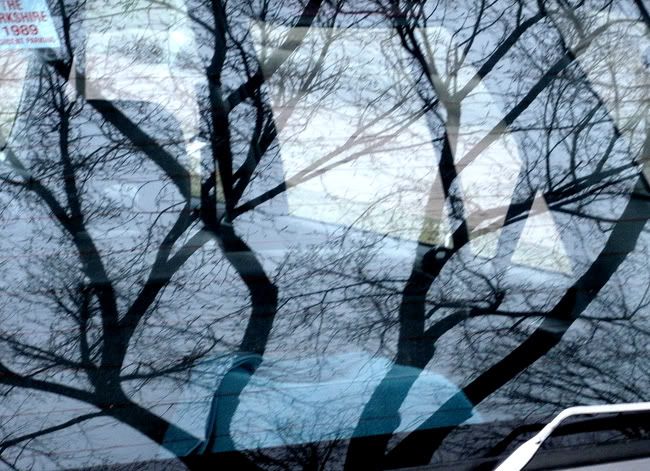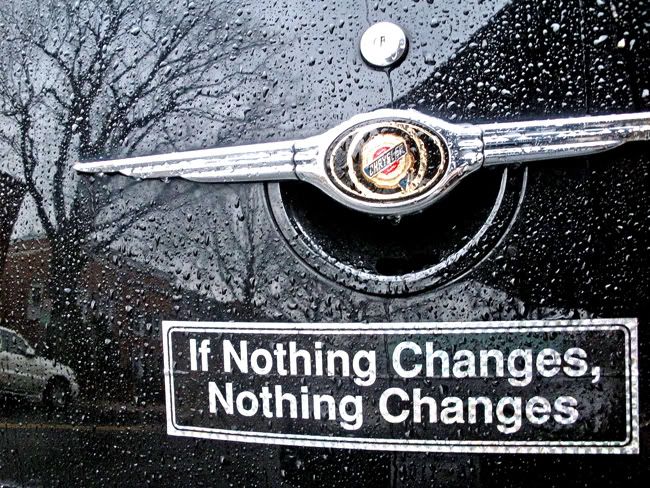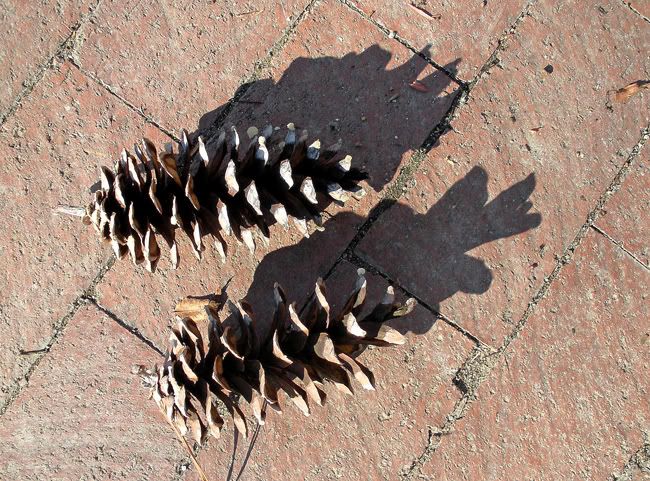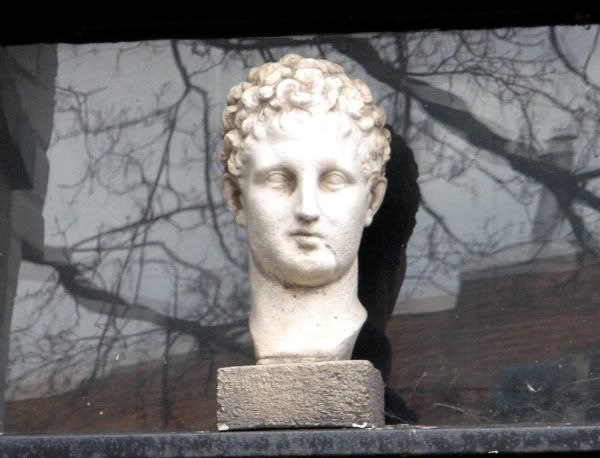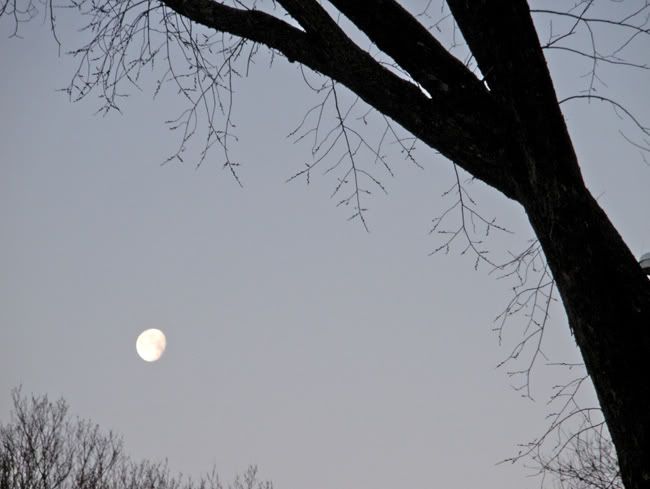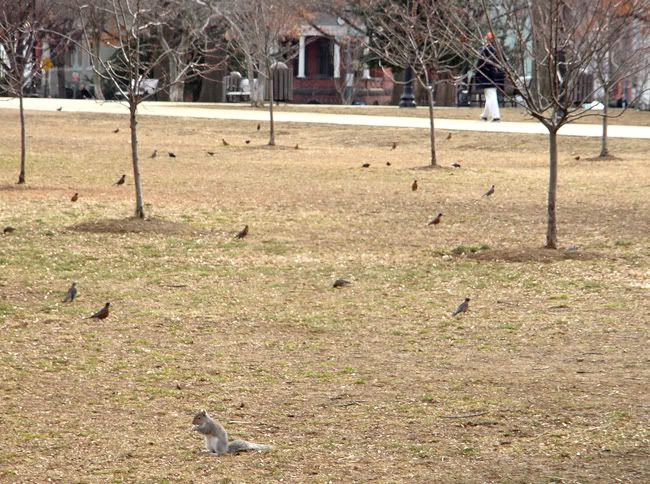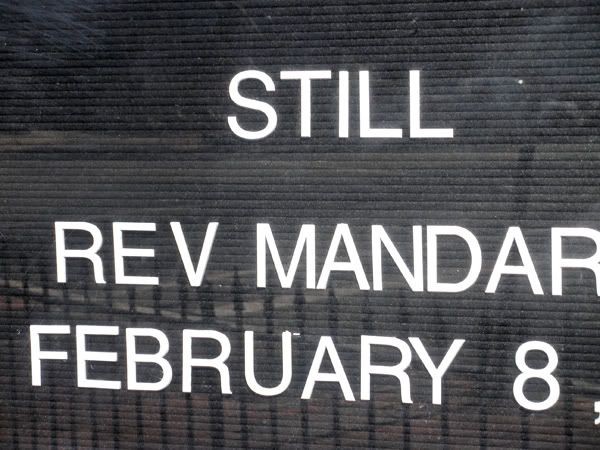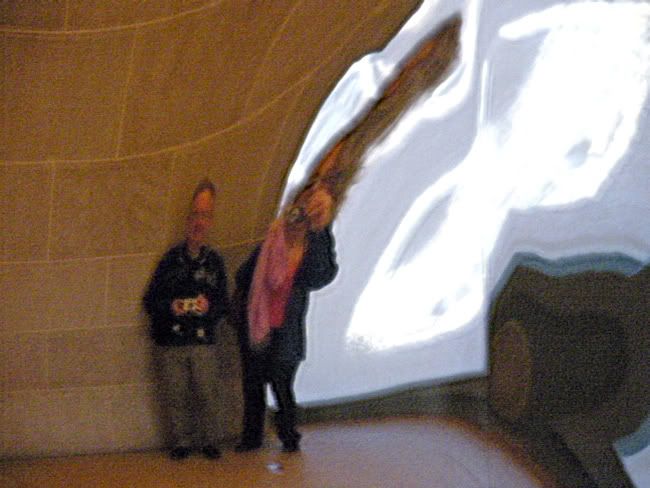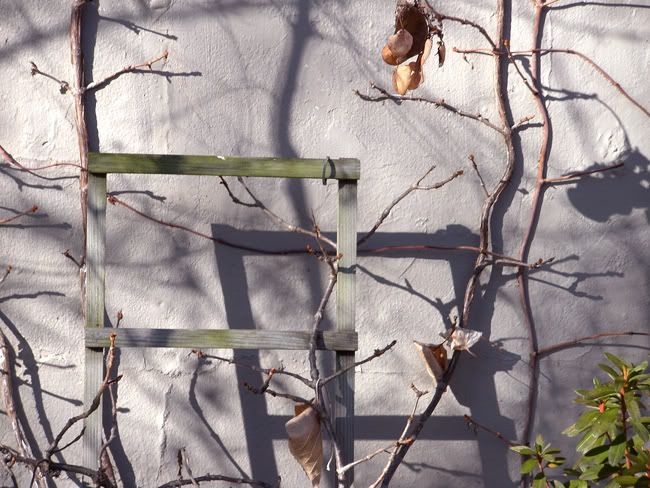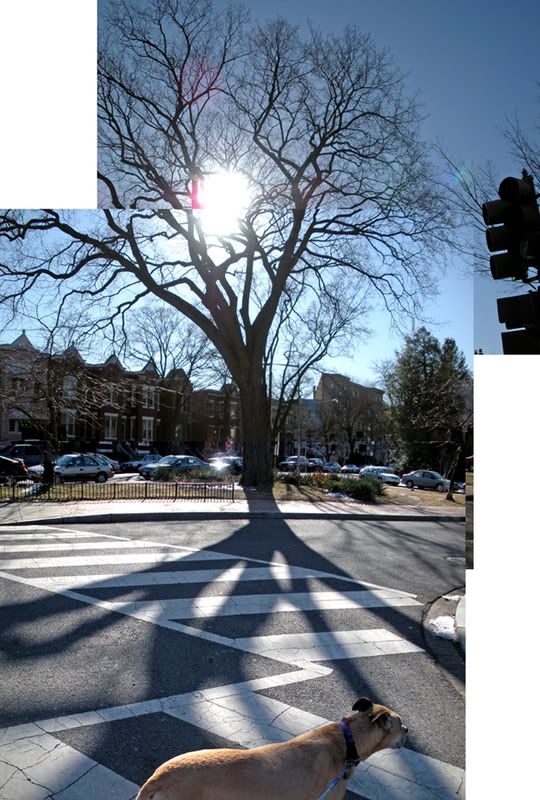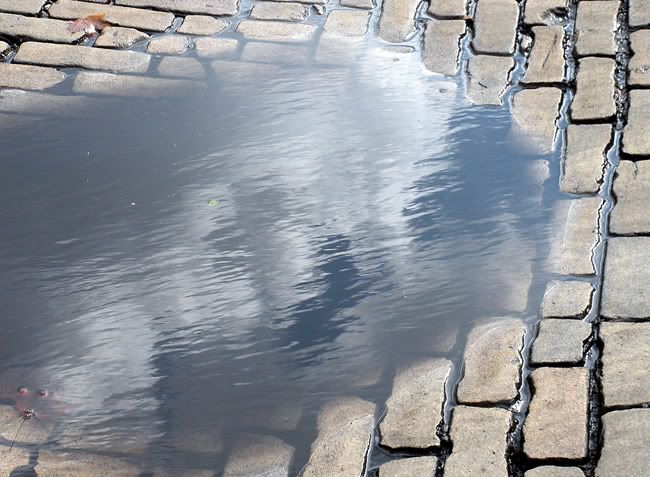
It's been really cold in DC for the last couple of days, too cold to leap out of bed before the crack of dawn. Consequently, I've been sleeping in a little bit - well, till 7:00 a.m. which is late for me - and dreaming like crazy. Is it that I dream more dreams early in the morning right before I get up or is it that the most important dreams arrange themselves to occur then? I will probably never know.
The cold also means I've been spending time on my couch, reading. This week I've had my nose deep in books of fairytales and folktales. Those stories are, according to the cosmology of Reya, cultural dreams organized and put down on paper. Of course all folk/fairytales were shared orally from generation to generation before there was a way to write them down. I believe the seeds of many folk/fairytales come down to us from the very beginnings of human consciousness. These tales are blueprints of the unconscious grid of values and beliefs that lies just below the surface of every culture. No wonder I love them so much.
One of my favorite books is a collection of fifteenth century French versions of popular European fairytales, translated into English during the 1990's in the U.S. - a time when many people were interested in the feminine divine. One of my favorites is "Parslinette," a story we call "Rapunzel" in the here and now.
In the old French telling, the wicked witch is actually a very powerful fairy who understands it's her duty to take the baby in as her apprentice. She knows the baby is supposed to study with her because the poor pregnant woman craves the parsley that only grows in the fairy's garden. When the husband sneaks in to steal the parsley, the fairy takes that as a sign.
All is well between the parents and fairy until she makes the mistake of sprinkling too much beauty on the baby. When she realizes how beautiful baby Parslinette is going to be, she builds her a silver tower in the woods, to protect her, not as a way to keep her in jail. The kind fairy provides every entertainment for Parslinette - paints, musical instruments - all the arts are hers to explore in her luxurious silver tower. Parslinette has the most beautiful clothes, the most fabulous furniture you can imagine. She has dozens of songbirds to keep her company. In that version of the story, Parslinette, with her long blond hair, is pretty darn happy out in the woods in her silver tower.
So, OK, the fairy does get mad when Parslinette gets pregnant. Yes, she pokes out the prince's eyes and cuts off Parslinette's hair, but not because she's wicked. At least from the perspective of sixteenth century French storytellers, translated into English by late twentieth century American goddess worshipers, she wasn't wicked, just pissed off and a little possessive. In the end, everything turns out well. After all, Parslinette is not a German folktale told by the brothers Grimm. Thank God! What those dudes were channeling was so dark and scary. Yikes.
Isn't it interesting that the cultural dream of Parslinette got turned around so dramatically in the ensuing centuries? Wow. Makes me wonder how my own personal dreams have turned themselves around during the many decades of my lifetime as my own value grid has evolved. Hmmmm.
Tomorrow it's supposed to warm up, a very good thing. My plan is to get up early, get out of the house. Enough of cultural dreams, enough of personal dreams, for the time being. Enough!

